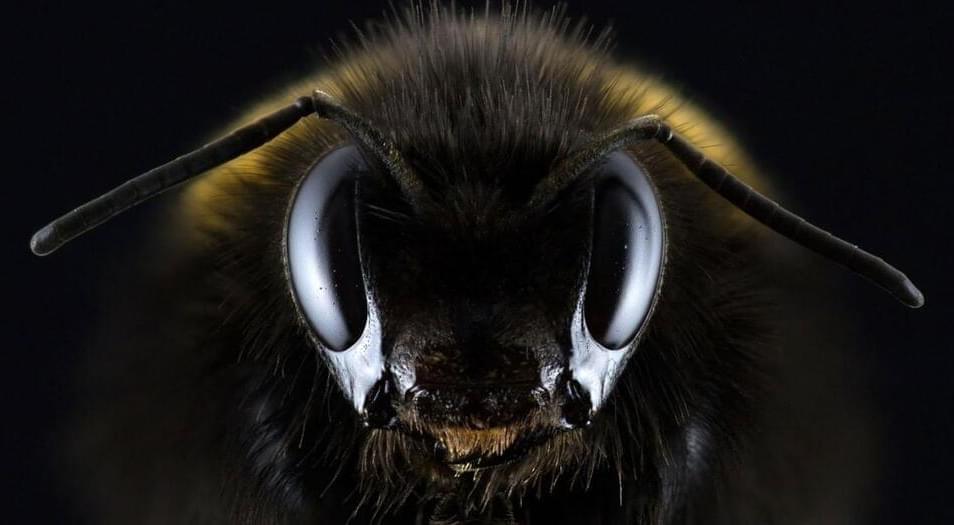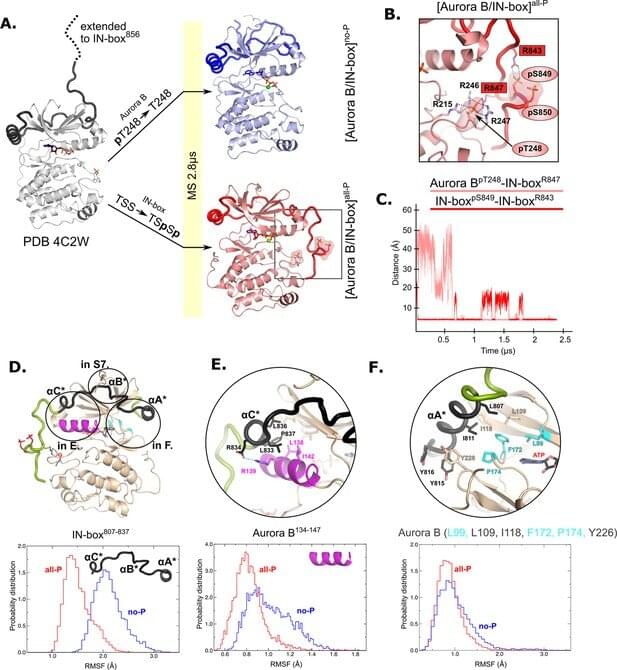First primate studies to show cognitive benefits of the protein klotho could be a step towards clinical applications.


We live in an era of renewed space exploration, where multiple agencies are planning to send astronauts to the Moon in the coming years. This will be followed in the next decade with crewed missions to Mars by NASA and China, who may be joined by other nations before long.
These and other missions that will take astronauts beyond Low Earth Orbit (LEO) and the Earth-Moon system require new technologies, ranging from life support and radiation shielding to power and propulsion.
And when it comes to the latter, Nuclear Thermal and Nuclear Electric Propulsion (NTP/NEP) is a top contender!




There has been a lot of buzz about all the ways that Artificial Intelligence could change the world, from the workplace to schools and day-to-day life as a whole, but the recent advancements in the field could spell the end of the traditional school classroom. In an interview with the British media outlet, The Guardian, reported on Friday (July 7) one of the world’s leading experts on AI made the prediction that for better or worse, AI might change classrooms.
How would things change?
Speaking about how AI could potentially change traditional school classrooms, a British computer scientist at the University of California, Berkeley, Professor Stuart Russell told The Guardian, “Education is the biggest benefit that we can look for in the next few years.”


Researchers at NCMM have demonstrated the mechanisms behind the activation of Aurora B, a central conductor of cell division. Their findings, now published in eLife, can lay the foundations for developing new cancer drugs.
Cell division is a fundamental process for all living things, where one cell divides into two cells. It allows for a human being to grow from a single fertilized egg cell, for wounds to heal, and for dead cells within your body to be replenished with new cells.
By the time you have read this sentence, millions of cells throughout your body have divided.

GENEVA: A panel of AI-enabled humanoid robots took the microphone on Friday (Jul 7) at a United Nations conference with the message: They could eventually run the world better than humans.
But the social robots said they felt humans should proceed with caution when embracing the rapidly-developing potential of artificial intelligence, and admitted that they cannot — yet — get a proper grip on human emotions.
Some of the most advanced humanoid robots were at the United Nations’ AI for Good Global Summit in Geneva, joining around 3,000 experts in the field to try to harness the power of AI and channel it into being used to solve some of the world’s most pressing problems, such as climate change, hunger and social care.

A new index that takes neighborhood and community conditions into consideration could be a useful measure for identifying preterm birth risk, a study published in JAMA Network Open found.
“We’re looking at outcomes at the county level or exposures at the county level,” Sara C. Handley, MD, MSCE, an attending neonatologist at The Children’s Hospital of Philadelphia and instructor of pediatrics at the University of Pennsylvania Perelman School of Medicine, told Healio.
“So, what was the maternal vulnerability in each U.S. county, and then what were the rates of preterm birth in those counties? We looked at different types of vulnerabilities that were developed through the Maternal Vulnerability Index, and also the type of severity of preterm birth,” Handley explained.